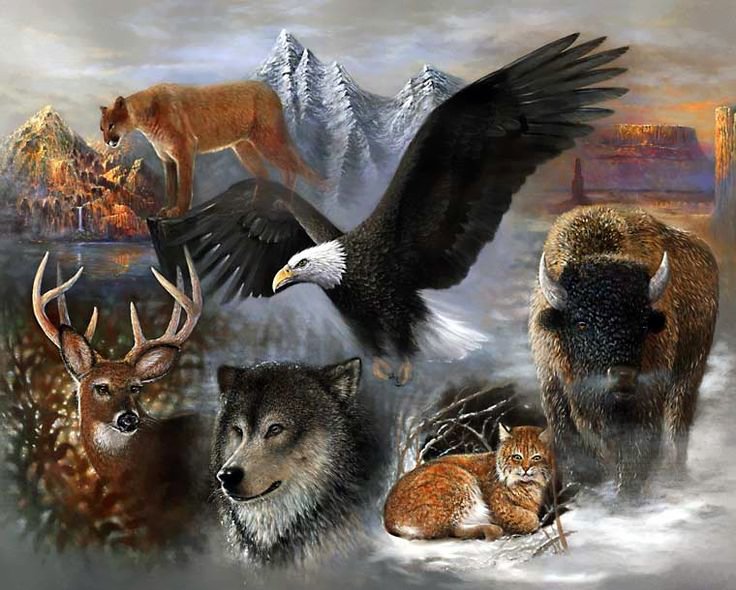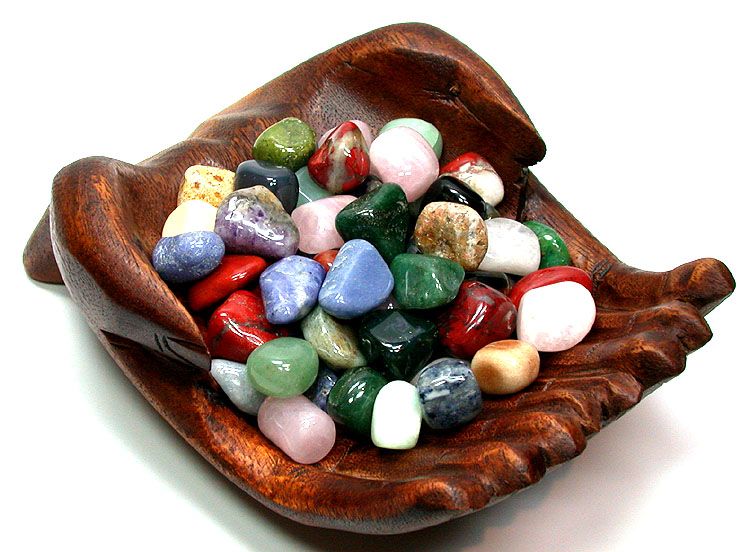Beyond Human: The Transhumanism Debate
- Details
- Written by Angela Levesque
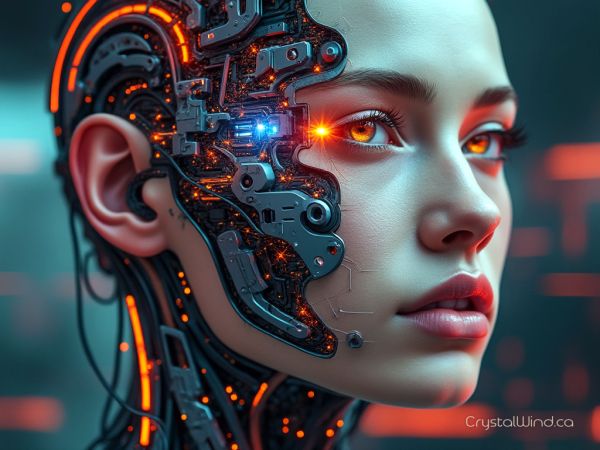
Transhumanism: What Makes Us Human?
I recently did a video/meditation talking about how we are in a spiritual war. The push toward transhumanism is a part of the on-going attempts for control.
Transhumanism, a movement advocating for the enhancement of human capabilities through technology, invites us to envision a future where aging and death might be overcome, intelligence and physical abilities extended, and human limitations left behind. Yet, as we stand on the cusp of these advancements, it’s essential to consider the ethical, spiritual, and existential implications of altering human life and our relationship with the natural world.
Origins of Transhumanism
Blending of the words transcendence and humanism, the term “transhumanism” was first coined by British biologist Julian Huxley in 1957. Although its origins trace back to the Enlightenment, an era defined by a pursuit of progress through reason and science. Huxley envisioned a future where humanity could surpass its natural state through deliberate self-improvement and biological enhancement, evolving into a “better-than-human” species. This vision laid the groundwork for today’s transhumanist movement, where organizations like Humanity+, the Future of Humanity Institute, and the World Economic Forum advance initiatives and publications that may bring transhumanist ideals closer to reality.
With the rapid technological advancements of the 1990s, the possibilities for human enhancement began to expand through biotechnology, artificial intelligence (AI), and genetic engineering. Now, these technologies are increasingly integrated into what Klaus Schwab calls the “Fourth Industrial Revolution,” a convergence of developments in AI, nanotechnology, gene editing, and renewable energy that reshapes our world on a profound scale. However, this wave of change also raises pressing ethical and spiritual questions.
Core Goals of Transhumanism
Transhumanists focus on several primary goals, each aimed at addressing human limitations and challenges.
Life Extension: Transhumanists view death not as an inevitable aspect of life, but as a problem to be solved. Through gene editing, cellular reprogramming, and potential cybernetic solutions, they aim to slow or reverse aging, envisioning a future where life could be extended indefinitely.
Cognitive Enhancement: Brain-computer interfaces (BCIs), neural implants, and cognitive-enhancing pharmaceuticals are being developed to augment human intelligence. Transhumanists dream of merging human minds with AI, allowing us to learn and solve problems at unprecedented speeds, much like downloading knowledge in the film The Matrix.
Physical Augmentation: Through advanced prosthetics, exoskeletons, and genetic modifications, transhumanists are working to enhance physical capabilities beyond natural limits, which could allow humans to endure extreme conditions, resist diseases, and potentially even reimagine the human form entirely.
Moral and Emotional Enhancement: Some transhumanists believe that technology could be used to improve human moral capacities, making people potentially more empathic, compassionate, or rational.
Playing God? Ethical and Existential Questions
The vision of transhumanism is appealing, yet it raises profound questions about identity and ethics. What defines us as human? Does replacing our biological limitations with synthetic or enhanced ones risk our humanity? Some fear that transhumanism’s ambitions disregard the spiritual and natural cycles of birth, life, and death that have shaped humanity and the world we inhabit. With the ability to rewrite genetics or directly alter the brain, do we risk overstepping into realms that traditionally belonged to the Divine?
There is also the question of sustainability. If we extend human life indefinitely, how will the Earth sustain a population that no longer follows natural life cycles? We may be gaining god-like capabilities, but do we have the wisdom to wield them responsibly?
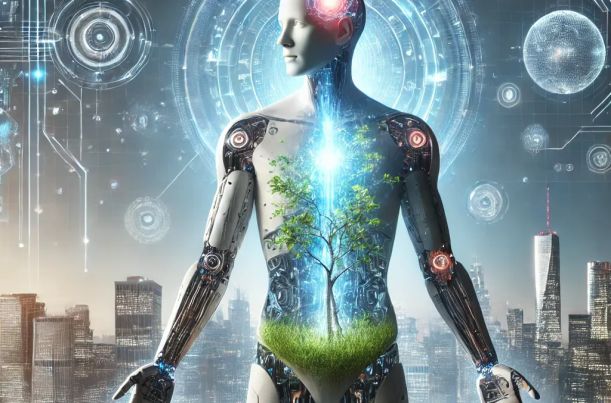
Key Technologies and Their Tradeoffs
Thomas Sowell famously said, “There are no solutions, only tradeoffs.” The technologies driving transhumanism bring both promise and peril. AI, for example, has rapidly evolved and sparked debates about future forms of consciousness. While current AI lacks self-awareness, some believe that advanced AI could become indistinguishable from human intelligence. If AI surpasses human understanding, would it value human life? Will we be able to control it, or might it deem humanity a threat?
Similarly, genetic engineering technologies like CRISPR offer ways to eliminate genetic diseases or customize human traits. Yet, genetic modification risks creating a new era of inequality, where “designer traits” are accessible to some, deepening social divides. Philosopher Francis Fukuyama warned that transhumanism could erode the concept of equality, ultimately creating a class of “enhanced” individuals with privileged access to life’s opportunities.
Meanwhile, brain-computer interfaces could enable mind-machine integration, potentially offering cognitive benefits but at the cost of our mental privacy and sovereignty. The influence and control over human behavior that these interfaces allow present a slippery slope that raises significant concerns about autonomy and consent.
Losing Sight of Spirituality
A critique that often emerges in transhumanist discussions is the movement’s disregard for consciousness and the soul. If we view humans purely as biological machines to be optimized, we risk losing our connection to the spiritual aspects of existence that many believe are essential to human fulfillment. Non-materialist thinkers, like Amit Goswami, suggest that consciousness exists independently of matter, with life stemming from a unified, infinite field. If transhumanism prioritizes matter and physical enhancement alone, are we neglecting the deeper essence of what makes us human?
Transhumanism and the Divine Feminine
Transhumanism’s focus on control, modification, and transcendence of natural cycles contrasts sharply with the concept of the “Divine Feminine,” which embodies harmony, nature, and interconnectedness. By promoting a mechanistic view of the body—where each part can be enhanced, altered, or replaced—transhumanism may inadvertently distance humanity from the archetypal energies that have grounded civilizations for millennia. The loss of this connection might limit our capacity for empathy, reverence, and communion with the world around us.
Transhumanism offers a seductive vision of enhanced capabilities and indefinite life, but it is also fraught with ethical, social, and spiritual risks. As we move closer to realizing these transformations, we must balance the promise of technological progress with a commitment to preserving the values, identity, and consciousness that define us. Whether we embrace or resist transhumanism, it will shape the future of humanity in profound and lasting ways. It is up to society to engage deeply with these questions and seek a path forward that honors both the transformative power of technology and the sanctity of the human soul.
Reprinted exclusively on crystalwind.ca with written permission from Angela Levesque.
Images by CrystalWind.ca
Posting on CrystalWind.ca ©2024. All rights reserved. Please do not reproduce any content without written permission. The article's title was crafted by CrystalWind.ca.
Latest Articles
Dive into the Mystical World of the Crystal Wind Oracle Deck!
Get All the Enchanting Details Now!
NEW Expanded Boxed Edition!
Now with 58 Cards for Richer Wisdom!
Imagine a world of inspiration and healing, free for all—made possible by YOU!
Donate Now—Ignite the Magic at CrystalWind.ca!
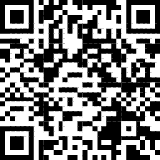
Epilepsy - Finding A Cure
Your donation can make a difference!
Help us find a cure – donate now!
Unlock Your Light: Join Lightworkers Worldwide on CrystalWind.ca!
Follow Us!
Featured This Month
Virgo Mythology
The Virgo Myth In all of constellation mythology, few legends are as misund... Read more
The Vine: September 2nd - September 29th
The Autumnal Equinox ( Alban Elfed ) Celtic Symbol : The White Swan Read more
Peridot: The Healer's Stone
Peridot has been used as a Power Stone for centuries. Peridot fosters emotio... Read more
Sun in Virgo
An Overview of Sun Sign Characteristics for Virgo Virgo is guided by Mercur... Read more
Sweet Violet
Sweet Violet Faithfulness and modesty. “I will always be true to you.” Helps... Read more
Mabon Magic: Ideas For Fall Decoration And R…
Welcome (almost!) to Fall! We’re turning the Great Wheel once again, toward ... Read more
Mabon in Modern Times: Fresh Takes on the Au…
The Mabon season begins somewhere around the 21st-22nd of September and cont... Read more
Watermelon Tourmaline
Synonym: Rainbow Tourmaline The watermelon tourmaline is a rare variety t... Read more
Crystals for Virgo
As the warmth of summer begins to soften into the crispness of autumn, the Sun... Read more


